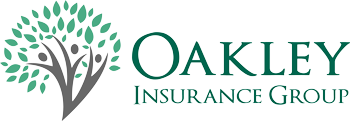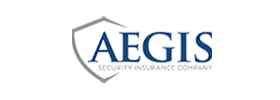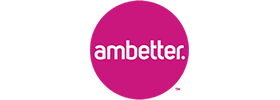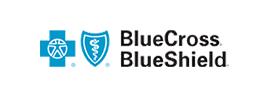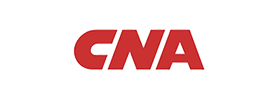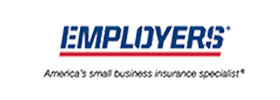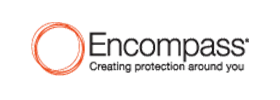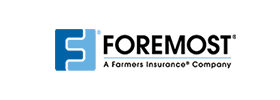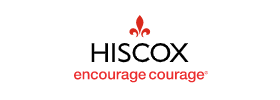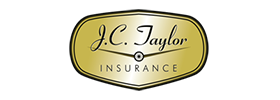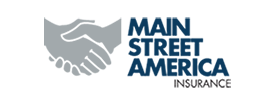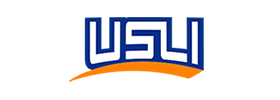Purchasing a home is a major achievement and a great milestone in life whether its your first or not. Owning a home is a great responsibility in may ways. Homeowners’ insurance was developed to help with the financial responsibility of a home if anything were to happen to the structure, or personal property contents in the home. As an independent professional insurance agency we work with clients every day to make sure the coverage on their home and property is sufficient for events that may occur that could render your home or property damaged, or destroyed. Below, as the first part of our “What You Should Know” series, we are going to highlight some major pieces and information about a homeowner’s policy.
Know Your Policy
What Is Homeowners’ Insurance?
Homeowner’s insurance is a product developed to cover the structural parts of your home and the personal property you own. It is important to know what this coverage is designed to do, and why. Home insurance is divided in to a few main parts to cover the structure itself, other structures part of your home, the contents in the home, resources to use in the event you are displaced from the home, and possible legal liability. We will separate these coverages and provide more detail about what they are, and what they cover. Keep in mind, by default, these coverages only apply to non-business use structures and property.
Coverage A – Dwelling
The dwelling portion of the home is the part of the house you live in – the roof you sleep under, and any part physically attached to it, such as a garage. In your homeowners’ policy you will notice the label “Coverage A” and you will see a dollar amount. This dollar amount is the limit or the maximum your insurance will payout in the event of a covered loss. The dwelling amount is the calculated rebuild value of the home based off the information provided from multiple sources of what the home is made of. Details such as the foundation type, what the walls are made of, the coating on the outside of the walls, the structure type and material type of the roof, the age of the home, the last time any major updates or remodels were made, how many bedrooms and bathrooms, how much and what type of flooring material is used throughout the home, and many other aspects all factor into the premium price of coverage. Another easier way to think about this dwelling coverage is, if the home were to be completely destroyed, what would it would cost in labor and materials to rebuild it? Remember this Coverage A, because you will see it referenced in other parts of your policy.
Coverage B – Other Structures
Just like Coverage A, you will see Coverage B in your policy documents, and a dollar amount listed. This dollar amount is the limit or maximum the policy will pay for other structures in the event of a covered loss. Other structures of the home are those not attached to the main dwelling. This could include a shed, a garage, carport, a casita (detached small house/guest house), a swimming pool, and even a built-up outdoor barbeque area. Since the coverage can vary based on the amount of other structures, the policy limit begins set as a percentage of Coverage A, usually 10%. However, if needed, a custom amount greater than 10% can be entered for the coverage of other structures. Although this amount is calculated from Coverage A, the amount paid out for other structures does not lessen the limit payable for Coverage A.
Coverage C – Personal Property
You will see Coverage C in your policy documents, and a dollar amount listed for it. This dollar amount is the limit or maximum the policy will pay for your personal property in the event of a covered loss. Your personal property is exactly that, your personal property or the contents of your home. I like to think of it this way, the structure around you is the house, but your items inside the house make it home. Another way to think about it is, if you were to flip the house upside down, anything that fell free is your personal property. Personal property are things like your furniture, appliances, clothing, electronics, paintings, mirrors, etc… The payout limit for Coverage C by default is calculated as 50% of Coverage A. However, if needed, a custom amount greater than 50% can be entered for coverage of your personal property. Although this amount is calculated from Coverage A, the amount paid out for your personal property does not lessen the limit payable for Coverage A.
Coverage D – Loss of Use
You will see Coverage D in your policy documents, and a dollar amount listed for it. This dollar amount is the limit or maximum the policy will pay in the event of a covered loss. Loss of use coverage is an amount of insurance available to use toward cost of living in the situation that you are displaced by an event that was covered by your insurance. You could be displaced because a tree fell through the house and can not be lived in until the roof is fixed. Or, you could be displaced because a fire completely destroyed the home. For coverage to apply the home must be inhabitable. Loss of use coverage will pay for a place to stay, food, transportation, and laundry services until your home is suitable to live in again, or you have found a new permanent home. The limit for Coverage D is calculated as 30% of Coverage A. However, if desired, a custom amount greater than 30% can be entered for loss of use coverage. Although this amount is calculated from Coverage A, the amount paid out for loss of use coverage does not lessen the limit payable for Coverage A.
Coverage E – Liability
An often overlooked part of homeowners’ insurance is the liability coverage section, also labeled Coverage E. Liability coverage is used to cover yourself on or off your property if you are found liable for bodily injury or property damage to someone else. You may be liable for events directly or indirectly. Examples of direct responsibility would be someone tripping in your house because you left something on the floor, or someone hits their head on a hanging light fixture you forgot to warn them about. Indirect responsibility could be a tree branch falling from your yard damaging your neighbor’s bike, or your dog biting a visitor. You can also be found liable for activities away from the home like leaving a shopping basket on the floor at a store while looking at products on the shelf and some falls over that basket. Liability coverage is essential for protecting yourself from suits that could pursue things you own and even garnish wages. The limit for Coverage E is chosen by you at the purchase of the insurance policy, beginning at $100,000.
The Exclusions. Exlus-me?! Inclusions Too.
If you are like most people, you haven’t read your home insurance policy documents to know what is excluded from coverage. While different “base” policies have different coverages and exclusions, Oakley Insurance Group has agency default policy types for homeowner coverage. A few main exclusions you will see are:
- War or acts of war, including undeclared war or civil war
- Neglect – such as failure to preserve property during or after a loss
- Water Damage, including internal and external flood
- Earth Movement including earthquake, mudslide, sinkhole, and subsidence (additions can be made to cover these risks)
- Power Failure – off residence premises
- Ordinance or Law – if construction or reconstruction of property is demanded by laws or ordinances
- Intentional Loss
- Nuclear Hazard
- Governmental Action – such as the destruction, confiscation, or seizure of property by government or public authority
- Loss to Property – such as faulty zoning, bad repair workmanship, faulty construction materials, and defective maintenance
The exclusions above may seem like a lot, but here are common inclusions of coverage with out the need for additions to the policy. Damage due to:
- Wind
- Civil Commotion
- Smoke
- Hail
- Aircraft (non-owned/operated)
- Vehicles (non-owned/operated)
- Volcanic Eruption
- Explosion (internal and external)
- Riot
- Vandalism
- Malicious Mischief
- Theft
- Burglary Damage
- Ice, Sleet, Snow (the weight of)
- Glass Breakage
- Accidental discharge of water from plumbing, heating, air conditioning, fire sprinklers, or household appliance (non flood)
- Freezing of plumbing, heating, air conditioning, fire sprinklers, and household appliances (care must be made to prevent freezing)
- Falling Objects
- Electrical Current (power surge)
- Collapse
- Tearing Asunder – the sudden, unexpected, and accidental tear apart, cracking, or burning of heating, air conditioning, fire sprinklers, and water heater.
Whew, I know that is a lot of information, but it is all very important to know and understand when accepting your homeowners’ policy. There will be more information to come in Part II of “What You Should Know – Homeowners’ Insurance”.
Remember, this information is for customer education only, and is not binding or contractual in purpose or meaning. It is essential that you take the time to sit down with our agents and review your coverage and coverage options so we can make sure you are covered for unexpected events life sometimes brings.
Thank you for reading! – Oakley Insurance Group – Tucson, Arizona
www.oakleyinsurancegroup.com | results@oakleyinsurancegroup.com | (520) 887-5555
